#Ancient Art
Text

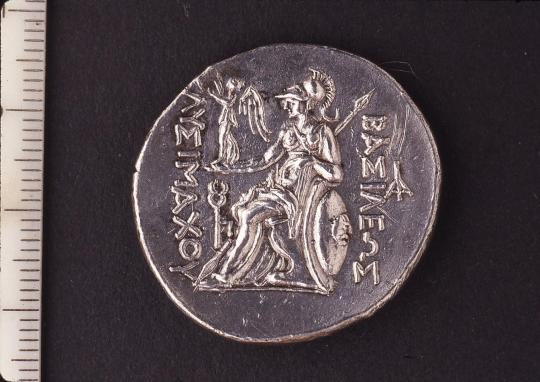
Silver tetradrachm, Thrace, 288-281 BC
from The Penn Museum
245 notes
·
View notes
Text

The Getty Museum Return Ancient Bronze Head to Turkey
A life-sized bronze head of a young man has been removed from view by the J. Paul Getty Museum in Los Angeles and will be returned to Turkey after the institution learned it was illegally excavated.
The head had been in the antiquities collection at the Getty Villa Museum since it was acquired in 1971. But the museum said it had received new information from the Manhattan District Attorney’s Office in New York indicating it had been illegally excavated.
The California museum did not reveal what new information had come to light about the excavation, and officials in New York did not yet respond to a request for information. The head has been removed from view until it can be handed over to Turkish officials.
“In light of new information recently provided by Matthew Bogdanos and the Antiquities Trafficking Unit of the Manhattan District Attorney’s Office indicating the illegal excavation of this bronze head, we agreed that the object needed to be returned to Türkiye,” museum director Timothy Potts said in a statement.
The district attorney’s office did not immediately respond to a request for comment about the details of its investigation.
The Getty Museum said that its policies are to return objects to the country of their origin or modern discovery when reliable information indicates they were stolen or illegally excavated. In 2022, the museum returned a cache of artworks to Italy after learning that they were linked to disgraced antiquities dealer Gianfranco Becchina.
The bronze head dates to somewhere between 100 B.C.E and 100 C.E. and is a separately cast component of a life-size figure, detached from the body at the upper neck. The eyes were once inlaid with an unknown material that was not preserved. Researchers have not yet identified the body of the figure. The subject of the figure also remains elusive as it was fabricated in a “highly idealized” style and has not been matched to a member of an imperial family or other named individual, the museum said, although an inscribed alpha (“A”) is visible on the interior of the neck at the bottom rear edge.
Some scholars have associated the bronze head with the archaeological site of Bubon, in the Burdur province of southwestern Turkey. Bubon was subjected to illicit excavations in the late 1960s.
Potts added that by returning the head to Turkey, the museum seeks to continue building a constructive relationship with the Turkish Ministry of Culture archaeological colleagues in the country.
In total, the Manhattan District Attorney’s antiquities trafficking unit has recovered more than 4,500 antiquities stolen from 30 countries with a value in excess of $410 million since it was launched in 2017.
By Adam Schrader.
#The Getty Museum Return Ancient Bronze Head to Turkey#bronze#bronze sculpture#stolen art#looted art#ancient artifacts#archeology#archeolgst#history#history news#ancient history#ancient culture#ancient civilizations#ancient art#roman history#roman empire#roman art
26 notes
·
View notes
Text

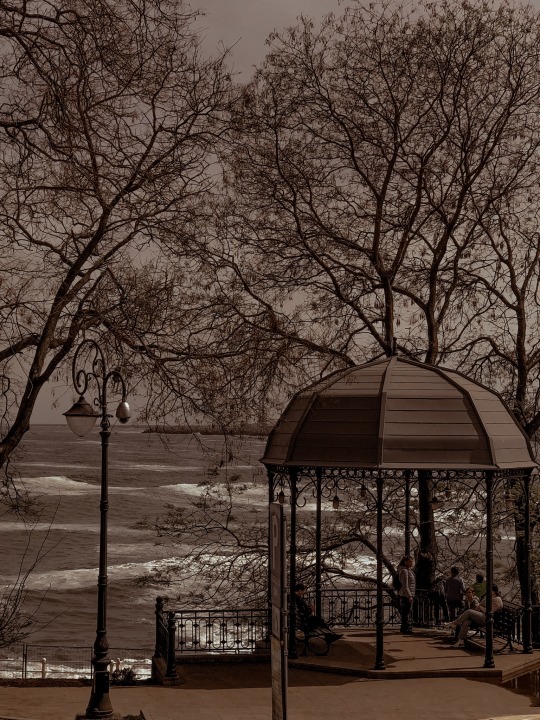


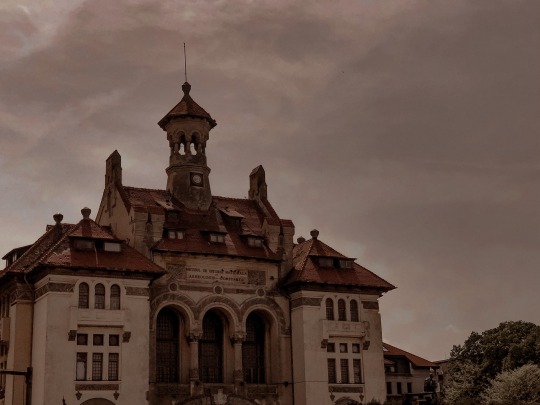

#architecture#books & libraries#dark academia#light academia#academia aesthetic#inspo#inspo board#chaotic academia#the secret history#tsh#iwwv#ancient rome#ancient greece#ancient art#donna tartt#sea#photography#art#aesthetic#art artist#classic#cats#history#philosophy#statue#sculpture#cat#black cat#romania#constanta
25 notes
·
View notes
Text
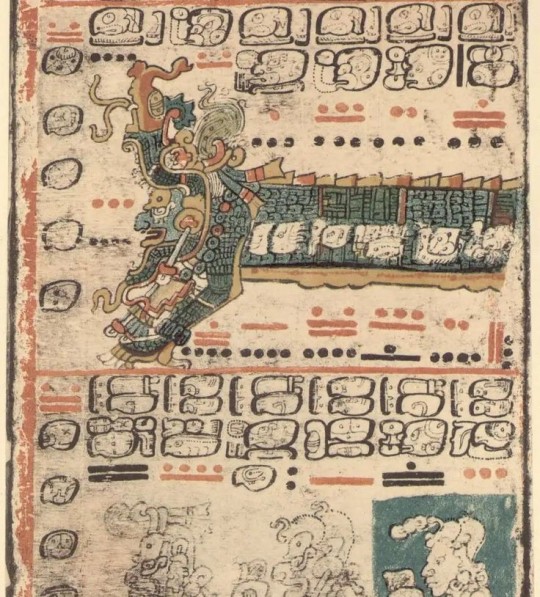
21 notes
·
View notes
Text
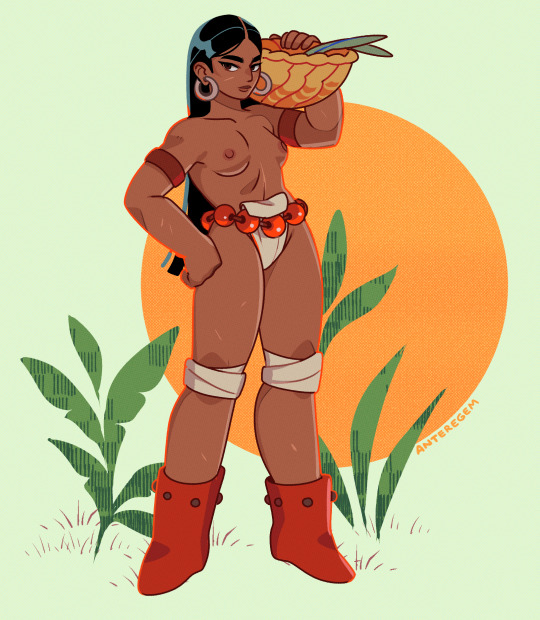
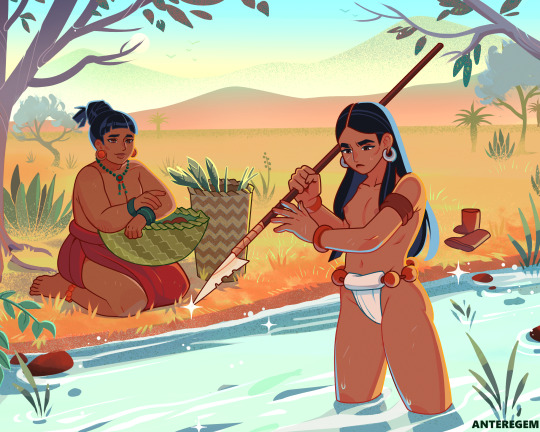
Some fanart of this ancient figurine! Also got commissioned to draw her hanging out with a friend!

51K notes
·
View notes
Text
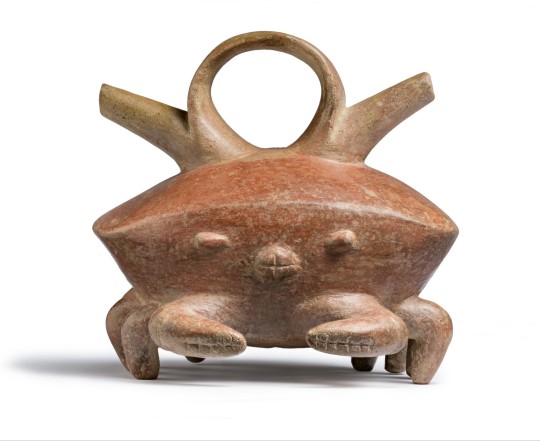

~ Crab Vessel with Double Spout.
Place of origin: Colombia, Calima Region
Period: Ilama Period
Date: 1500 B.C.-A.D. 100
Medium: Ceramics
#ancient#ancient art#history#museum#archeology#ancient history#archaeology#ancient pottery#pottery#south america#crab#crab vessel#calima#Colombia#pre columbian#Ilama Period#1500 b.c.#a.d. 100
16K notes
·
View notes
Text
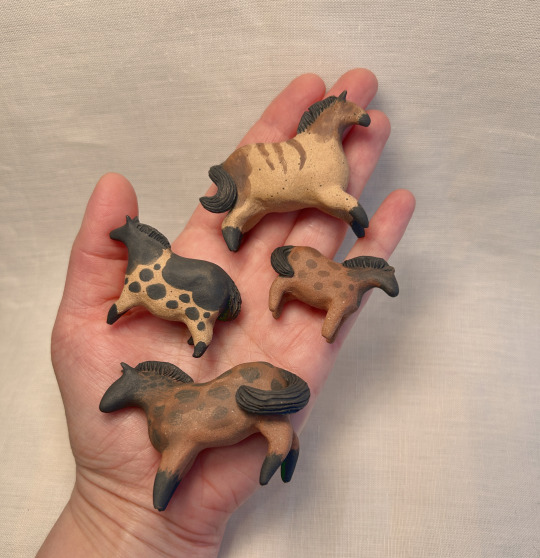


Did I ever post the finished Lascaux (& etc) horses here?!
This first batch of them will be available in my next shop update, but there are more getting bisque-fired tomorrow that should be going into the shop in mid-April alongside a couple more cave painting mugs :)
#artblog#pottery#ceramics#handbuiltceramics#ceramicart#ceramicsculpture#handbuilding#clay#stoneware#horse#lascaux#ancient art#lascaux cave art#cave art#cave paintings
10K notes
·
View notes
Text
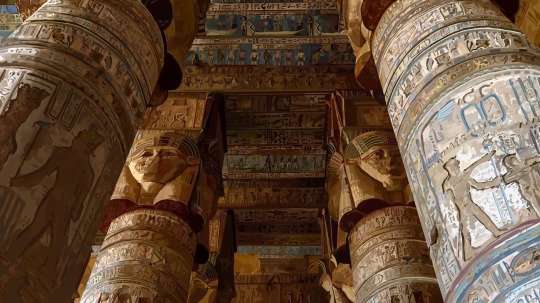
I know this isn't ninjago guys but I finished this 17 hour painting for my art class and I was proud of it so...enjoy.
I love Egypt fun fact about me. :)
#my art#art#egypt#egyptian#egyptology#egyptian art#ancient egypt#antiquity#ancient art#ancient egyptian#painting#digital painting
7K notes
·
View notes
Text
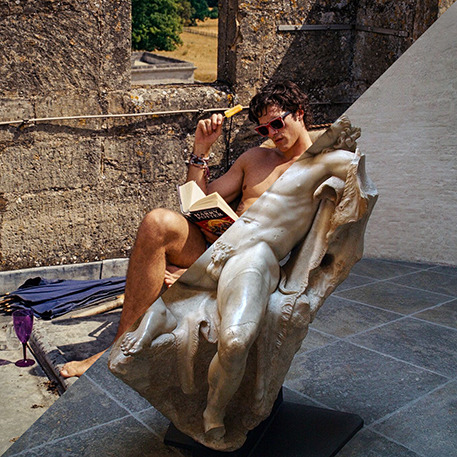
Emerald Fennell, Saltburn, 2023
VS
Fauno Barberini, Glyptothek, München, 220 a.C.
#Emerald Fennell#felix catton#jacob elordi#saltburn#2023#movie#film#cinema#fauno#fauno barberini#sculpture#statue#marble#ancient greece#ancient art#munchen#glyptothek#collage#Barry Keoghan
9K notes
·
View notes
Text

2 silver cups, part of the so-called Boscoreale treasure, buried by the eruption of Mt. Vesuvius.
#roman empire#ancient rome#pompeii#ancient history#ancient culture#ancient art#roman art#ancient roman art
5K notes
·
View notes
Text

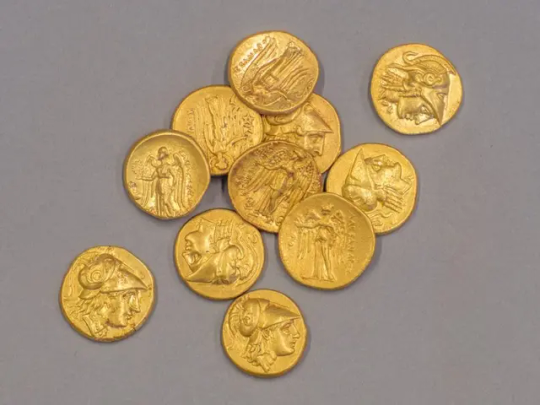
A collection of Greek gold and silver coins, including 11 gold staters bearing the portrait of Alexander the Great, uncovered in Crete in 2024. Dated to the 4th-3rd century BC
314 notes
·
View notes
Text

A kooky fly-shaped clay vessel (15th Dynasty)
With its realistic representation of a fly, it includes large eyes, wings, and legs that resemble hands
#art#lol#weird#archaeology#ancient#ancient art#egyptian art#egypt#egyptology#ancient egypt#clay#clay art#kemetic#ancient kemet#kemet
8K notes
·
View notes
Text

Statue of Princess Takushit, c.670 BC
5K notes
·
View notes
Text

Mosaic of sea creatures (the so-called "Fish Catalog") from the House of the Geometric Mosaics (VIII.2.16) at Pompeii. Artist unknown; ca. 100 BCE. Now in the Museo Archeologico Nazionale, Naples. Photo credit: Massimo Finizio.
#classics#tagamemnon#Ancient Rome#Pompeii#art#art history#ancient art#Roman art#Ancient Roman art#mosaic#sea creatures#NAM Naples
2K notes
·
View notes
Text
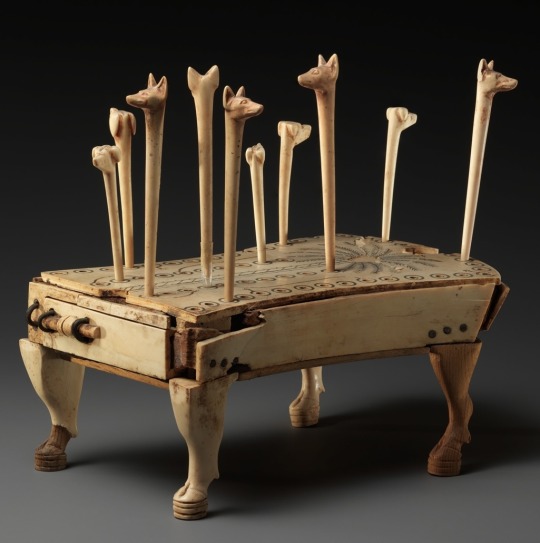
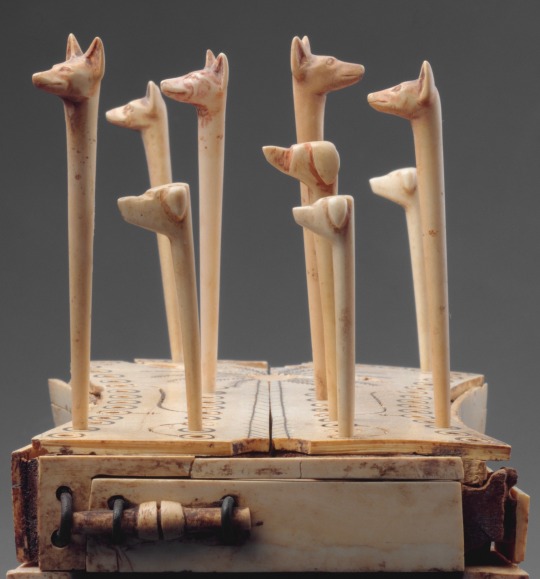
Egyptian
Game of Hounds and Jackals
Middle Kingdom, ca. 1814-1805 B.C.E.
#egyptian art#ancient egypt#ancient art#hounds and jackals#ancient history#artifact#antiquities#ancient people#ancient culture#egyptian history#egyptian culture#board games#chess#aesthetic#beauty#art history#aesthetictumblr#tumblraesthetic#tumblrpic#tumblrpictures#tumblr art#tumblrstyle#artists on tumblr#ancient artifacts
4K notes
·
View notes
Text
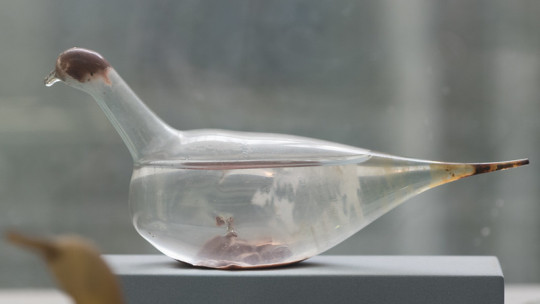
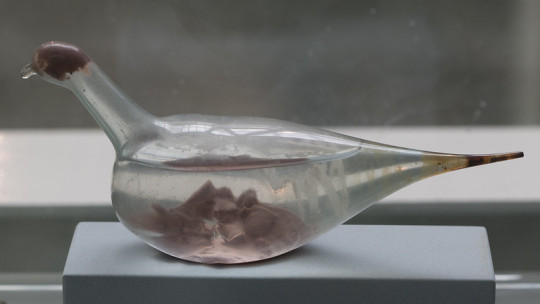
This is so.. ! Such a fragile object in the shape of such a fragile creature surviving through the centuries intact.
"Roman glass unguentarium in the form of a dove, containing the remains of a balsam.
Sealed since its manufacture, containing the remains of balsam and the liquid in which it was once suspended. The vessel would be blown and filled through either the open tail or beak, which would then be reheated to seal it. Accessing the contents would require snapping off the beak or tail, which in this case was never done. Dated to the 2nd half of the 1st c. CE. Found at Rovasenda (Vc).Museo di Antichità di Torino (alias Museo Archeologico Nazionale del Piemonte), Italy."
8K notes
·
View notes